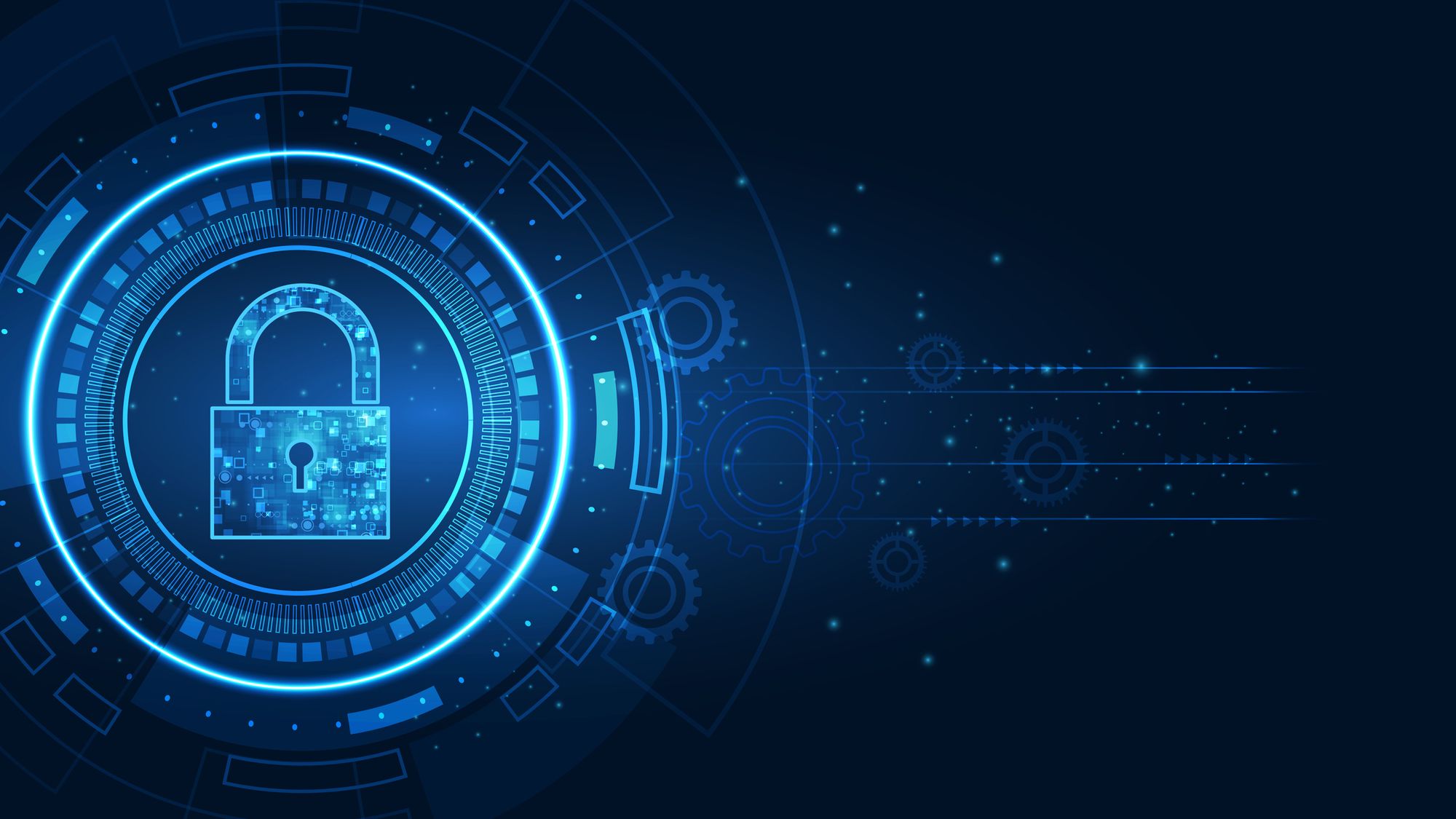Last updated at Fri, 13 Oct 2023 19:46:13 GMT
In the final part of our “Hackers 're Gonna Hack” series, we’re discussing how to bring together parts one and two of operationalising cybersecurity together into an overall strategy for your organisation, measured by key performance indicators (KPIs).
In part one, we spoke about the problem, which is the increasing cost (and risk) of cybersecurity, and proposed some solutions for making your budget go further.
In part two, we spoke about the foundational components of a target operating model and what that could look like for your business. In the third instalment of our webinar series, we summarise the foundational elements required to keep pace with the changing threat landscape. In their talks, Jason Hart, Rapid7’s Chief Technology Officer for EMEA, and Ken Mizota, Chief Technology Officer for APAC, discussed how to facilitate a move to a targeted operational model from your current operating model, one that is understood by all and leveraging KPIs the entire business will understand.
First, determine your current operating model
With senior stakeholders looking to you to help them understand risk and exposure, now is the time to highlight what you're trying to achieve through your cybersecurity efforts. However, the reality is that most organisations have no granular visibility of their current operating model or even their approach to cybersecurity. A significant amount of money is likely being spent on deployment of technology across the organisation, which in turn garners a large amount of complex data. Yet, for the most part, security leaders find it hard to translate that data into something meaningful for their business leaders to understand.
In creating cyber KPIs, it's important they are formed as part of a continual assessment of cyber maturity within your organisation. That means determining what business functions would have the most significant impact if they were compromised. Once you have discovered these functions, you can identify your essential data and locations, creating and attaching KPIs to the core six foundations we spoke of in part two. This will allow you to assess your level of maturity to determine your current operating model and begin setting KPIs to understand where you need to go to reach your target operating model.
Focus on 3 priority foundations
However, we all know cybersecurity is a wide-ranging discipline, making it a complex challenge that requires a holistic approach. It's not possible to simply focus on one aspect and expect to be successful. We advise that, to begin with, security leaders consider three priority foundations: culture, measurement, and accountability.
For cybersecurity to have a positive and successful impact, we need to change our stakeholders' mindsets to make it part of organisational culture. Everyone needs to understand its importance and why it's necessary. We can't simply assume everyone knows what is essential and that they'll act. Instead, we need to measure our progress towards improving cybersecurity and hold people accountable for their efforts.
Translate cybersecurity problems into business problems
Cybersecurity problems are fundamentally business problems. That's why it's essential to translate them into business terms by creating KPIs for measuring the effectiveness of your cyber initiatives.
These KPIs can help you and your stakeholders understand where your organisation needs improvements, so you can develop a plan everyone understands. The core components that drive the effectiveness of a KPI, begin with defining the target, the owner, and accountability. The target is the business function or system that needs improvement. The owner is responsible for implementing the programme or meeting the KPI. Accountability is defined as who will review the data regularly to ensure progress towards achieving desired results.
40% of our EMEA webinar and 14% of the APAC audience said they don't currently use cybersecurity KPIs.
Additionally, when developing KPIs, it's crucial to think about what information you'll need to collect for them to be effective in helping you achieve your goals. KPIs are great, but to be successful, they need data. And once data is being fed into the KPIs, as security leaders, we need to translate the “technical stuff” – that is, talk about it in a way the business understands.
Remember, it's about people, processes, and technology. Technology provides the data; processes are the glue that brings it together and makes cybersecurity part of the business process. And the people element is about taking the organisation on a journey. We need to present our KPIs in a way the organisation will understand to stakeholders who are both technical and non-technical.
Share and build the journey
As a security leader, you need to drive your company's cybersecurity strategy and deploy it across all levels of your organisation, from the boardroom to the front lines of customer experience. However, we know that the approach we're taking today isn't working, as highlighted by the significant amounts of money we're trying to throw at the problem.
So we need to take a different approach, going from a current to a target operating model, underpinned by KPIs that are further underpinned by data to take you in the direction you need to go. Not only will it reduce your organisational risk, but it will reduce your operational costs, too. But more importantly, it will translate what's a very technical industry into a way everyone in your organisation will understand. It's about a journey.
To find out what tools, processes, methodologies, and KPIs are needed to articulate key cybersecurity goals and objectives while illustrating ROI and keeping stakeholders accountable, watch part three of “Cybersecurity Series: Hackers 're Gonna Hack," from the EMEA or APAC perspective.
Additional reading:
- How to Build and Enable a Cyber Target Operating Model
- 4 Strategies to Help Your Cybersecurity Budget Work Harder
- Deploying a SOAR Tool Doesn’t Have to Be Hard: I’ve Done It Twice
- How to Strategically Scale Vendor Management and Supply Chain Security

